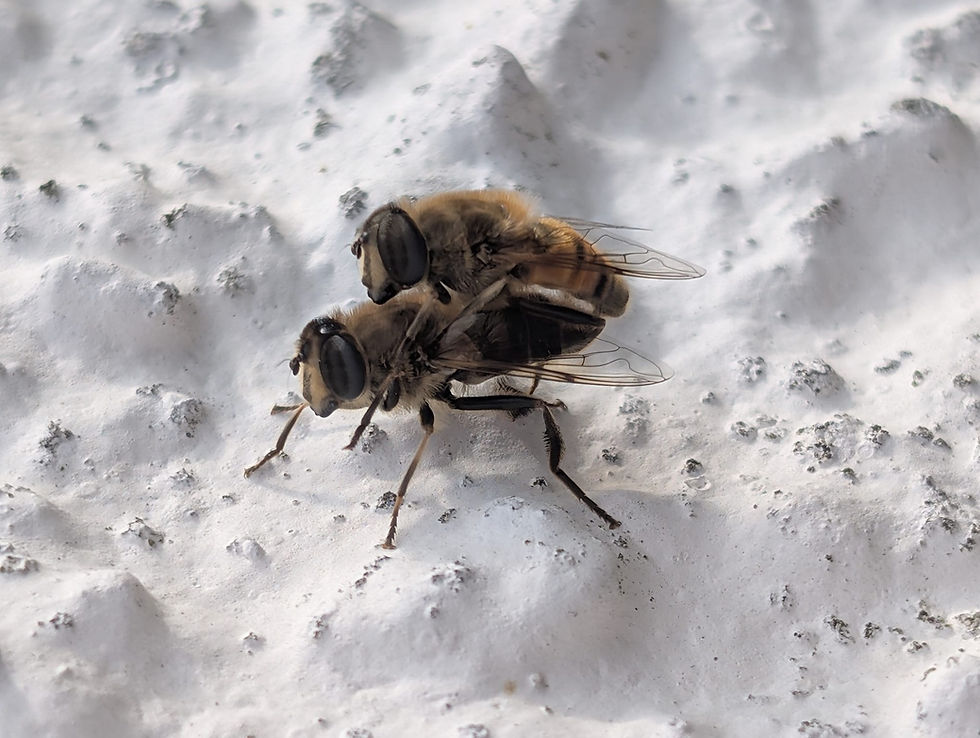Conall Cearnach & the Uí Eachach Cobo
- @F_i_l_i

- Aug 4, 2021
- 4 min read
Updated: Jun 19, 2022
CONALL CEARNACH 10/9/2018 0 Comments
The Uí Eachach Cobo and later Magennis Lords of Iveagh claimed their descent from one of the great heroes of the Ulster Cycles, Conall Cearnach. Conall was said to have had a ‘crooked neck’, after his uncle attempted to murder him as a young child. Luckily Conall’s mother Findchoem managed to intervene, and he grew up to become a Champion Red Branch Knight at Emain Macha (Navan Fort, Armagh). Conall was foster-brother and cousin to Cú Chulainn, who is remembered as the legendary ‘Hound Of Ulster’. When they were young men, Conall and Cú Chulainn promised each other that, were either of them to be killed, the other would avenge his death. After Cú Chulainn met his end at the hands of Erc and Lughaidh, Conall kept his promise and travelled from County Wicklow to avenge him. He killed Erc and hung his head on a withe and then he went after Lughaidh. Lughaidh had lost a hand during his fight with Cú Chulainn, so in order to make the fight fair (and to show off no doubt!) Conall is said to have tied one arm to his side. He cut off Lughaidh’s head, and kept his promise. This story became the subject of a vicious 17th Century bardic dispute over the ownership of the ‘red hand’ symbol. In defence of the Magennis claim, one poet, citing a number of sources, argued that: ‘Conall Cearnach left the impression of his blood-stained hand on a standard while avenging Cu Chulainn’s death. This has been the inheritance of Conall’s descendants ever since’ The story goes that Conall Cearnach was offered the throne of Ulster, but he declined and nominated his pupil Cuscraidh instead. Upon taking the throne, Cuscraidh gave Conall lands between Drogheda and Iveagh.


('Tandragee Man')
‘Tandragee Man’, a 3,000 year old stone statue is considered by many to be a ‘Pagan idol', however it doesn’t actually come from Tandragee at all but was, in fact, retrieved from a bog near Newry. Following a spell at a Rectory in Tandragee (where it acquired its name) it was re-housed in St Patrick’s Cathedral in Armagh.
It is widely believed that the statue represents King Nuada, a ruler of the Tuatha De Dannan, who was said to have lost his arm in battle and had it replaced by an arm made of silver. However, it has also been suggested that this statue may be a representation of Conall Cearnach, the great ‘Heroic’ ancestor of the Uí Eachach Coba, with his arm held firmly at his side as it had been during his battle to avenge Cú Chulainn. Could there have been a ‘Cult of Conall’ amongst people in the area who claimed their descent from this ancient hero? It also been noted that Conall’s name may contain a reference to ‘horns’, and the statue does indeed have ‘unmistakable horns’ [Kingsley Porter, 1934]. It has also been suggested that this statue may represent the horned Celtic God Cerrunos. Perhaps Conall himself was seen as having attributes pertaining to this god. There is simply no way of knowing. The most commonly accepted interpretation of the name Conall, however, is that it relates to a Celtic word meaning ‘strong like a wolf’. Dáthaí O’hOgán also notes that ‘His sobriquet meant ‘triumphant’, an appropriate one for such a hero’. A long-standing piece of local folklore here in County Down tells that the skeleton of a wolf was found amongst the cairnstones at Knock Iveagh. There is no record of any such find in Pat Collins’ detailed report following his 1954 excavations, but it is known that the cairn was ‘investigated’ in the C19th by a Mr Glennie from Newry, with items removed which are now presumed lost. Were the remains of a wolf among these items & could this be the origin of the local folklore? Did the ancient hero Conall Cearnach, the ‘wolf triumphant’, in some way represent a totem for the tribes here and could this wolf have been deliberately placed in the cairn to protect the ancestral hill of the Uí Eachach? Or was its discovery simply the result of an unfortunate accident? While the answers to these and many other questions will probably never be known, the stories and myths persist. They are, after all, in themselves an important part of our cultural inheritance; and perhaps they help us to understand a little more about our unique shared heritage. They are our stories. We should tell them. Written by: Anne Harper, October 2018 Further reading: 'Varia III. Quatrains relating to the controversy of the Red Hand': Gordon ÓRiain, Ériu, Vol 61 (2011) 'A Sculpture at Tandragee': A. Kingsley Porter, The Burlington Magazine for Connoisseurs, Vol 65, No 380 (1934) Trial Excavations in a Round Cairn on Knockiveagh, Co. Down': A. E. P. Collins, Bruce Proudfoot, J. Preston, W. R. M. Morton and A. G. Smith, Ulster Journal of Archaeology, Third Series, Vol 20 (1957) 'The Lore of Ireland, A Encyclopeadia of Myth, Legend and Romance' by Dáthaí O’hOgán ‘In Search of the Irish Dreamtime’ by J.P.Mallory 'Annaclone & Drumballyroney Local History' by Annaclone Historical Society




Comments